Hoya - folk omens and superstitions about a flower
Some believe that hoya, or wax ivy, brings misfortune to the home. Such a hypothesis is erroneous and has no compelling foundation. On the contrary, a beautiful liana-like plant with delicate, as if molded from wax, small buds can bring considerable benefits to its owner.
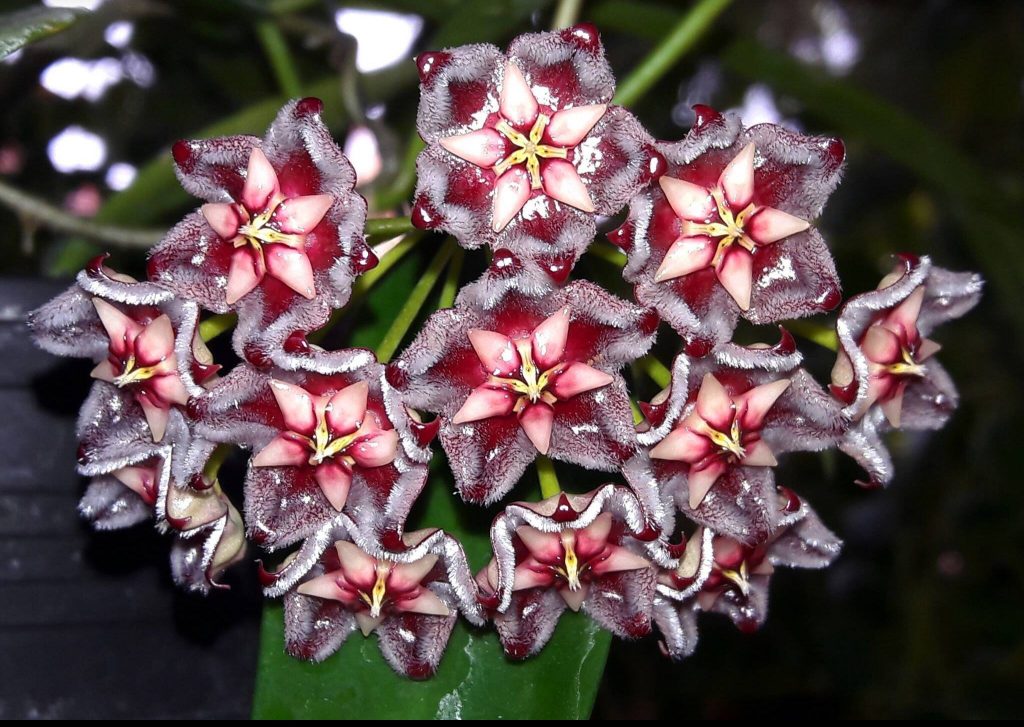
Hoya signs
Can I keep at home
If you rely on the opinion of florists, growing Hoya at home does not pose any danger.
She gets along quite comfortably in the same room with other plants. In addition, it well softens the emotional background, brings comfort and harmony, and also helps to cope with the consequences of communicating with gossips and envious people.
However, especially superstitious people prefer not to keep this flower at home, believing that it draws out vitality and energy.
Similar negative reviews have arisen due to the fact that Hoye is mistakenly attributed to the properties of Common Ivy. It was he who, in ancient times, was planted at the entrance to the house in order to eliminate the bad energy of incoming guests.
Where to put on Feng Shui
The liana-like flower gently spreads fluids, is able to effectively push a person to positive emotions and calm down.
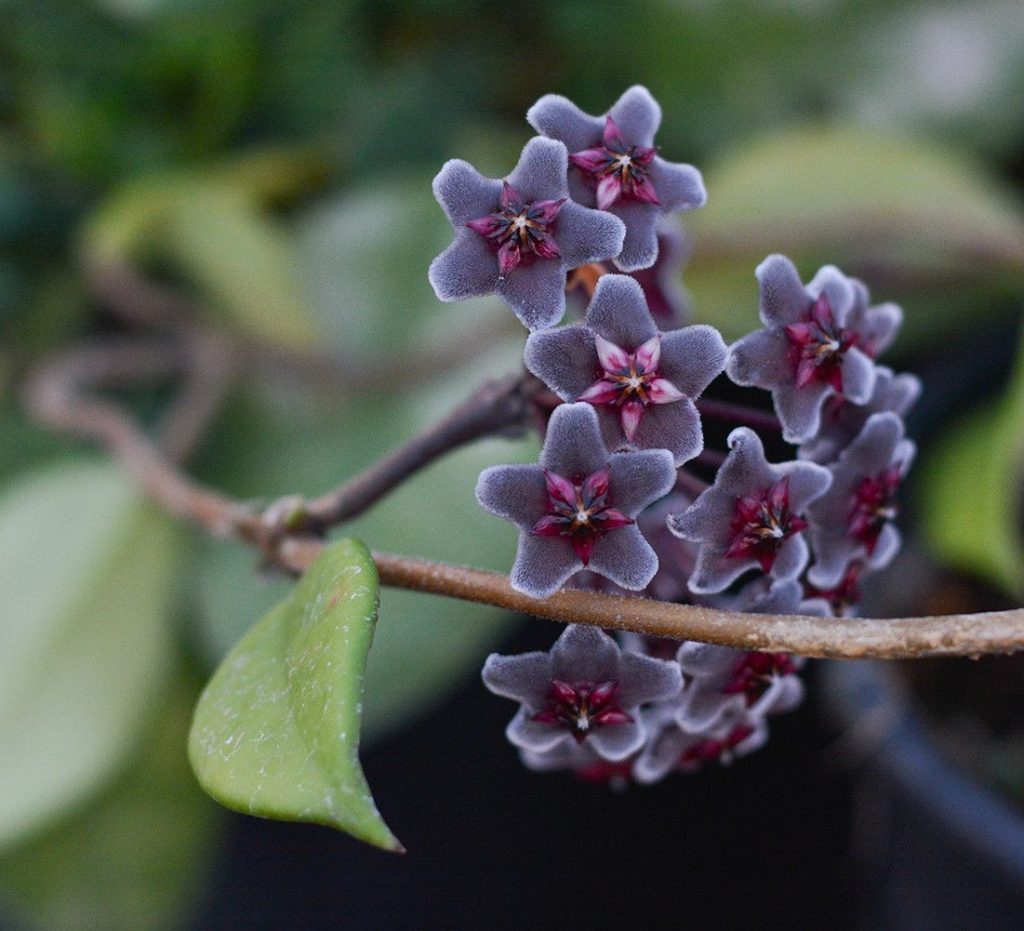
Hoya flower omens and superstitions
You can place the pot in any part of the house, but the Feng Shui teaching recommends identifying the plant in the hallway, in the immediate vicinity of the front door - this will help minimize the consequences of the negative mood of the guests and protect yourself as much as possible.
Hoya is believed to:
- improves perception of the world;
- adjusts the aura of the room for productive life;
- harmonizes the atmosphere of the house;
- brings the sexual and psychological state of a married couple to a new level;
- favorably affects mutual understanding between close and distant relatives.
To harmonize the relationship between husband and wife and improve life together, it is better to define the flower in the bedroom. Moreover, preference should be given to the Kerry variety with the shape of leaves in the form of hearts.
If you put it near the children's room, this will allow the child to learn independence sooner. In the living room - it will help the owners gain strength after a hard day's work.
If necessary, to establish contact with colleagues and win over the bosses, a pot with a plant is placed within the walls of the office.
Beliefs
All negative folk omens and superstitions are the reason for the incorrect identification of Hoya.
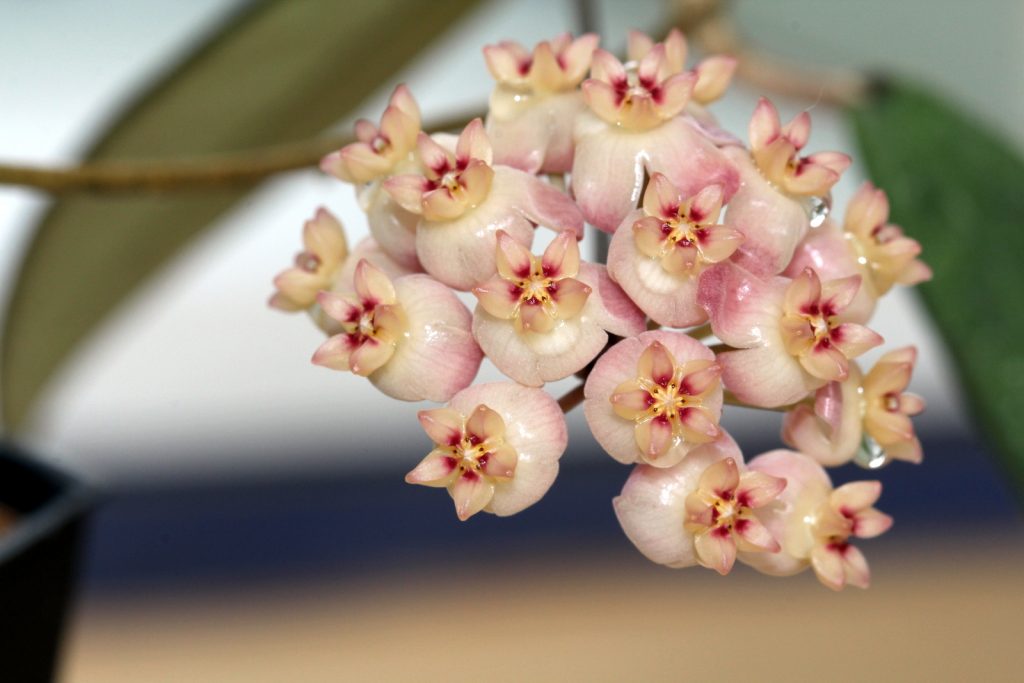
Hoya superstition
She is unreasonably credited with the properties of common ivy, to which she has nothing to do.
A flower that brings misfortune
The negative attitude of people towards Hoya is due to a considerable number of misinterpreted superstitions. According to many of them, it is believed that the vine makes its owner lonely, driving loved ones out of the house. However, apart from enemies and envious people, such a fate does not concern anyone.
Not spared the omens and the sugary aroma exuded by the flower - some believe that it can cause poisoning. This theory is also not true, because the plant does not contain harmful substances and toxins.
Flower-muzhegon
Some will attribute a muzhegon property to wax ivy - supposedly with the appearance of a flower in the house, all representatives of the stronger sex begin to leave it, as for both underage sons and husbands or old people. Moreover, in superstitions, the latter often leave not just their home, but also this world. If a young girl who has not yet found her love will grow the plant, she will be left alone.
There is no confirmation of these hypotheses. On the contrary, many who keep Hoya at home are sure that the flower helps to strengthen family ties.
A man can disappear only if he is hostile towards loved ones or is an incorrigible liar - the indoor liana completely suppresses the energy of such personalities and they cannot get along under the same roof with an exotic beauty.
Parasites and vampires
In the wild, common ivy does not just settle near large plants, trees and shrubs - it grows into their root system, thus feeding on vital juices and oppressing their owners.
Hoya has its roots and does not harm the neighboring cultures. Therefore, beliefs about the belonging of liana to parasites and energy vampires are also not confirmed by the fundamental basis.
Benefits and harm to humans
The harmlessness of exotic Hoya has been scientifically proven. It does not exude any substances and toxins harmful to the human body. The only thing that can become a stumbling block for vine breeders is a pronounced aroma that can provoke an allergic reaction.
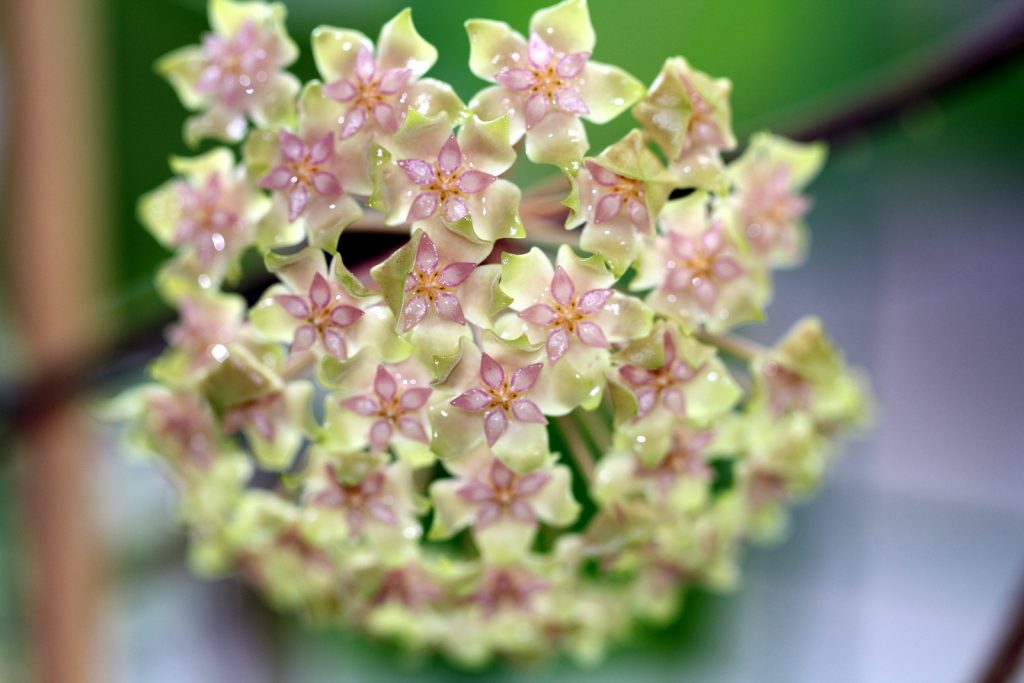
Hoya signs and superstitions
In this regard, it is not necessary to grow the culture in too compact premises, families with small children or people suffering from pulmonary insufficiency.
Plant benefits:
- promotes air purification;
- increases the amount of oxygen;
- used in the prevention and treatment of furunculosis / carbunculosis.
Signs and beliefs
Relying not on changing the appearance and state of the flower, superstitious people try to protect themselves from possible problems and misfortunes:
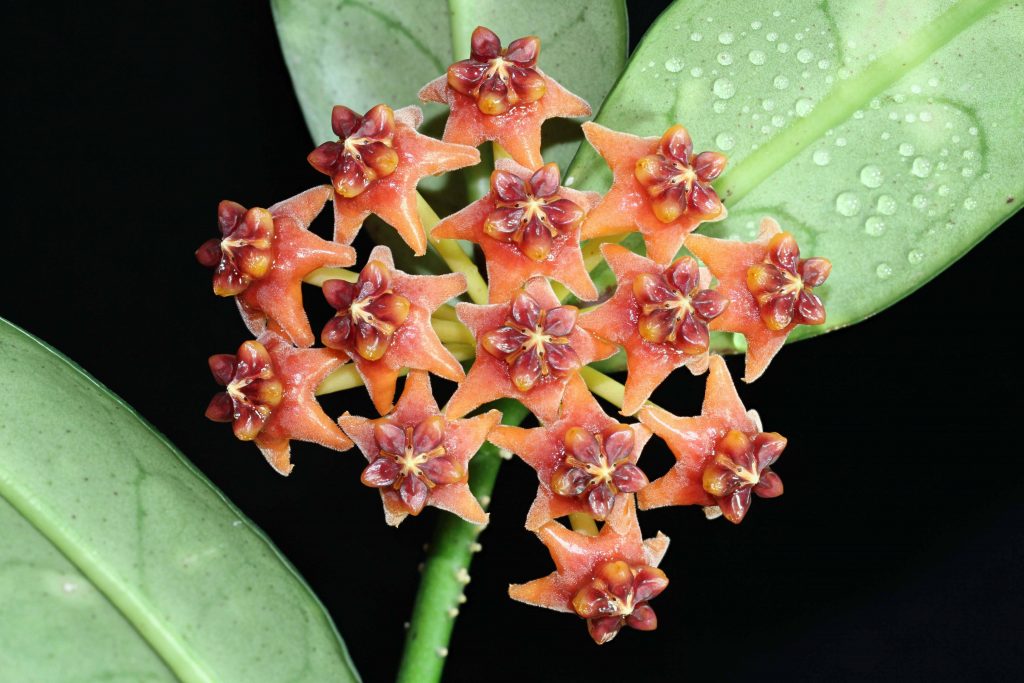
Hoya photo room signs
- Hoya does not belong to crops with a continuous stage of flowering, therefore the formation of inflorescences at the wrong time is considered a sign of untimely sudden death of someone close.
- Yellowed leaves are a signal of an unfavorable state of affairs. Probably negative energy prevails in the house, and family members will not be superfluous to be checked in a medical institution in order to exclude the risk of any disease.
- If the flower begins to dry abruptly for no apparent reason, most likely an enemy has appeared. Despite the fact that in this situation the exot took the danger away from the owner, the latter needs to figure out the ill-wisher in order to completely eliminate the threat.

